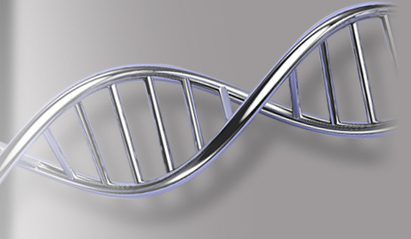Sequencher Features
You are here
Gene Codes has long been an innovator, investing in the R&D to develop powerful features for your DNA sequence analysis. Gene Codes developed the Assemble to Reference Sequence strategy that is widely used to speed up assembly and assign base-numbering systems and features to new data. The variance table was developed in the mid 1990's and became a key element first for forensic sequencing of mtDNA, and then for virtually all of our collaborators.
Working with core labs that use structured naming conventions to track data for individual clients, we developed the Assemble by Name strategy that has become such a powerful and popular tool for combining multiple sequencing projects into a single analysis run.
We have continued our strategy of adding functionality to Sequencher that focuses on labs doing DNA sequencing. Unlike many companies in this field, we are continuing work on improving the productivity and utility of Sanger sequencing based on feedback from our collaborators around the world, and focusing on smoothly integrating those features with the latest tools for next-generation DNA sequence alignment. If you work in a lab that supports NGS, you must already have information technology [I. T.] support, but our mission is to make the data and analysis of ALL sequencing data accessible and understandable to life scientists without requiring that they have a degree in computer engineering.
In the NGS space, trust the accuracy of your work to peer-reviewed and published algorithms and tools such as GSNAP for reference-guided alignment, Velvet for de novo assembly, Cufflinks for RNA-Seq Differential Expression and Tablet for visualization. The design and effort that goes into Sequencher makes them easy to use because once you have learned how to use one, you have learned how to use them all.
Your results are important to you. Whether you work with Sanger Sequencing or Next-Gen Sequencing, you will want to compare your results with publically available data. Sequencher Connections is ideal for a quick search or a more detailed and prolonged analysis across multiple databases and with different parameters.
Look through some of the topics at the left and explore some of the features, both common and specialized, that are in Sequencher today. And don't hesitate to request new functionality that you'd like to see added to the program by writing to support@genecodes.com.


